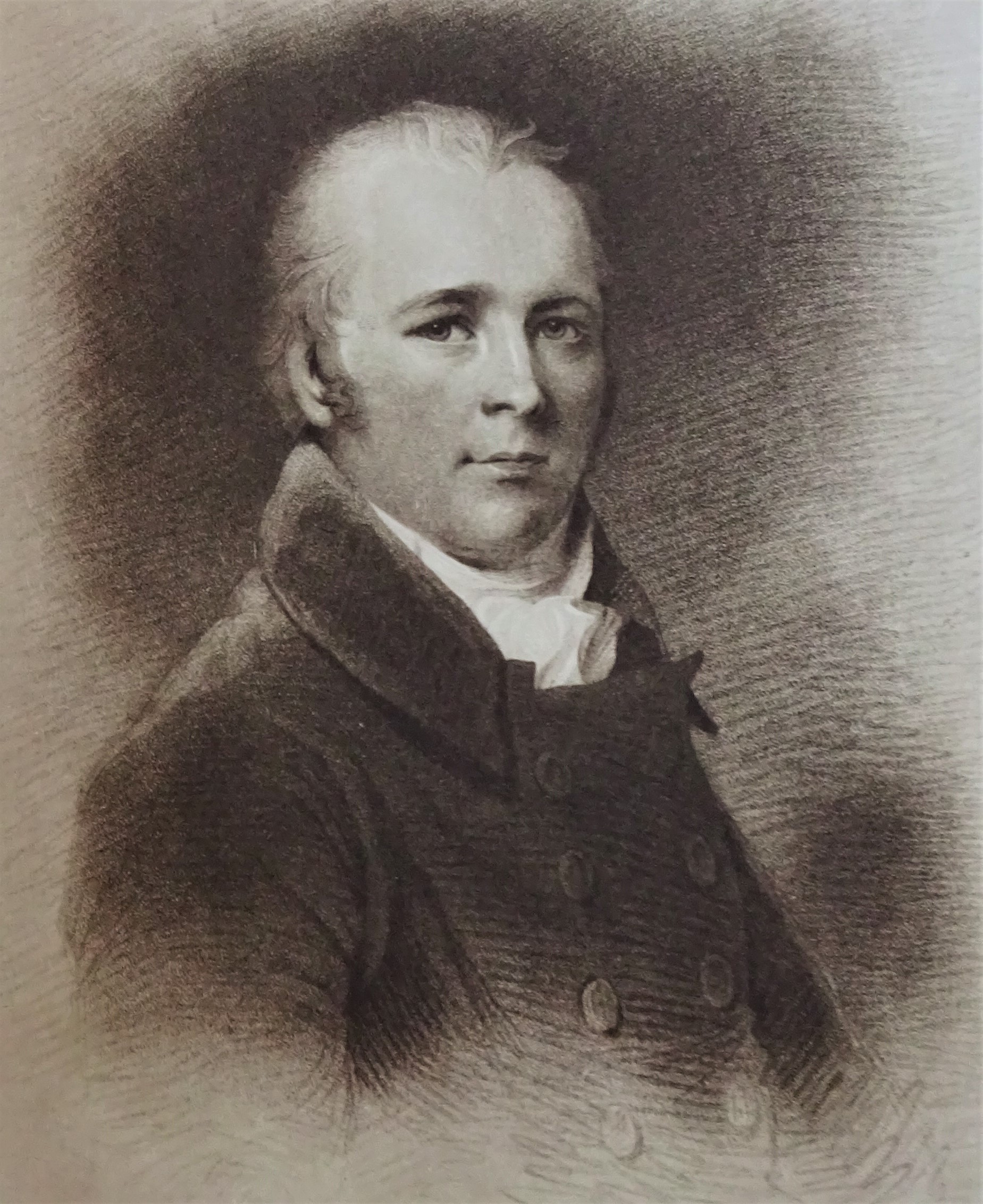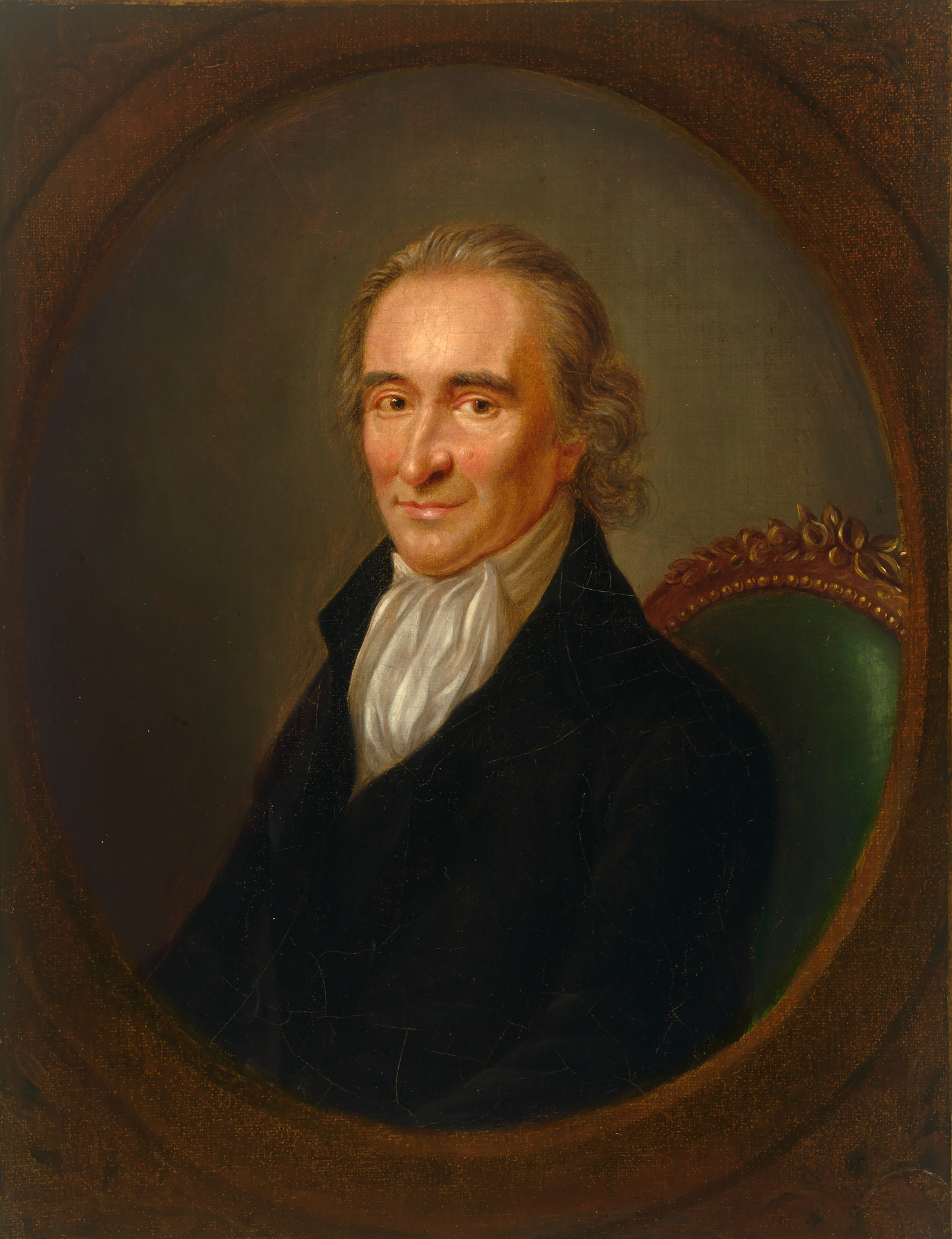|
John Syme (lawyer)
John Syme (1755 – 24 November 1831) was a Scottish lawyer and one of the poet Robert Burns's closest friends during his time in Dumfries. In the summers of 1793 and 1794 he joined Burns on his two short tours of Galloway. Syme and Alexander Cunningham were amongst the most active of the friends and admirers of Burns's works who raised funds for the poet's family and for his mausoleum with the assistance of others such as James Currie. Together with Dr Willam Maxwell he arranged Burns's funeral. Life and character He was the son of the Laird of Barncailzie in the old Kirkudbrightshire, Dumfries and Galloway. He was educated in Edinburgh and had served in the 72nd Regiment of Foot as an ensign for several years, however he left to manage his father's estate only for the family to be divested of their property to pay their debts following the collapse of the Douglas, Heron & Company Bank in Ayr Bank. He had carried out experiments in agricultural improvements at Barncailzie ... [...More Info...] [...Related Items...] OR: [Wikipedia] [Google] [Baidu] |
Society Of Writers To Her Majesty's Signet
The Society of Writers to His Majesty's Signet is a private society of Scottish solicitors, dating back to 1594 and part of the College of Justice. Writers to the Signet originally had special privileges in relation to the drawing up of documents required to be signeted, but these have since disappeared and the Society is now an independent, non-regulatory association of solicitors. The Society maintains the Category A listed Signet Library, part of the Parliament House complex in Edinburgh, and members of the Society are entitled to the postnominal letters WS. History Solicitors in Scotland were previously known as "writers"; Writers to the Signet were the solicitors entitled to supervise use of the King's Signet, the private seal of the early Kings of Scots. Records of that use date back to 1369. In 1532, the Writers to the Signet were included as Members in the newly established College of Justice, along with the Faculty of Advocates and the Clerks of the Court of Session. T ... [...More Info...] [...Related Items...] OR: [Wikipedia] [Google] [Baidu] |
Epigram
An epigram is a brief, interesting, memorable, and sometimes surprising or satirical statement. The word is derived from the Greek "inscription" from "to write on, to inscribe", and the literary device has been employed for over two millennia. The presence of wit or sarcasm tends to distinguish non-poetic epigrams from aphorisms and adages, which tend to lack those qualities. Ancient Greek The Greek tradition of epigrams began as poems inscribed on votive offerings at sanctuariesincluding statues of athletesand on funerary monuments, for example "Go tell it to the Spartans, passersby...". These original epigrams did the same job as a short prose text might have done, but in verse. Epigram became a literary genre in the Hellenistic period, probably developing out of scholarly collections of inscriptional epigrams. Though modern epigrams are usually thought of as very short, Greek literary epigram was not always as short as later examples, and the divide between "ep ... [...More Info...] [...Related Items...] OR: [Wikipedia] [Google] [Baidu] |
Liverpool
Liverpool is a city and metropolitan borough in Merseyside, England. With a population of in 2019, it is the 10th largest English district by population and its metropolitan area is the fifth largest in the United Kingdom, with a population of 2.24 million. On the eastern side of the Mersey Estuary, Liverpool historically lay within the ancient hundred of West Derby in the county of Lancashire. It became a borough in 1207, a city in 1880, and a county borough independent of the newly-created Lancashire County Council in 1889. Its growth as a major port was paralleled by the expansion of the city throughout the Industrial Revolution. Along with general cargo, freight, and raw materials such as coal and cotton, merchants were involved in the slave trade. In the 19th century, Liverpool was a major port of departure for English and Irish emigrants to North America. It was also home to both the Cunard and White Star Lines, and was the port of registry of the ocean li ... [...More Info...] [...Related Items...] OR: [Wikipedia] [Google] [Baidu] |
Gilbert Burns (farmer)
Gilbert Burns (1760 – 1827), the younger brother of Robert Burns the poet, was born at Alloway. He married Jean Breckenridge in 1791, had 6 sons and 5 daughters, died in 1827, aged 66, and was buried at Bolton, East Lothian, Scotland. Gilbert's writings have contributed greatly to the bank of knowledge that exists regarding the life of his famous brother. Life and character Gilbert's elder brother was Robert Burns the poet, born on 25 January 1759, Gilbert following in 1760, Agnes Burns, Agnes in 1762, Annabella Burns, Annabella in 1764, William Burns (saddler), William in 1767, John Burns (farmer), John in 1769 and finally Isabella Burns, Isabella in 1771. Gilbert's parents were William Burnes and Agnes Broun. Gilbert was also the name of his grandfather on his mother's side. In 1766 the family moved from Alloway near Ayr to their first rented farm, Mount Oliphant.Mackay, Page 40 Life at Mount Oliphant was very hard for Gilbert and he describes in his letters how extrem ... [...More Info...] [...Related Items...] OR: [Wikipedia] [Google] [Baidu] |
William Maxwell (doctor)
William Maxwell (1769–1826) was a medical doctor who treated Robert Burns during his final illness. He was one of Robert Burns's intimate friends during his Nithsdale and Dumfries days, noted for his Jacobitism, Jacobite links that struck a chord with the poet's own symapthies. His father, James Maxwell, took part in the 1745 uprising, and his grandfather, William, had fought in the 1715 uprising. Maxwell never married, but fathered a natural daughter, Elizabeth, who lived with him in Edinburgh. Life and character Maxwell was the second son of James Maxwell of the Kirkconnell Estate near New Abbey, and his English mother was Mary Riddell of Swinburne, the marriage taking place in August 1758. Maxwell's family had been in the county since around 1430, however his father was exiled after his involvement in the 1745 uprising and only after the Craiks of Abigland interceded were the ancestral estates returned to the Maxwells in 1753. James Maxwell died in July 1762 when his son Willi ... [...More Info...] [...Related Items...] OR: [Wikipedia] [Google] [Baidu] |
Dumfries
Dumfries ( ; sco, Dumfries; from gd, Dùn Phris ) is a market town and former royal burgh within the Dumfries and Galloway council area of Scotland. It is located near the mouth of the River Nith into the Solway Firth about by road from the Anglo-Scottish border and just away from Cumbria by air. Dumfries is the county town of the historic county of Dumfriesshire. Before becoming King of Scots, Robert the Bruce killed his rival the Red Comyn at Greyfriars Kirk in the town on 10 February 1306. The Young Pretender had his headquarters here during a 3-day sojourn in Dumfries towards the end of 1745. During the Second World War, the bulk of the Norwegian Army during their years in exile in Britain consisted of a brigade in Dumfries. Dumfries is nicknamed ''Queen of the South''. This is also the name of the town's professional football club. People from Dumfries are known colloquially in Scots language as ''Doonhamers''. Toponymy There are a number of theories on the etymo ... [...More Info...] [...Related Items...] OR: [Wikipedia] [Google] [Baidu] |
Robert Burns Medallion
The name Robert is an ancient Germanic given name, from Proto-Germanic "fame" and "bright" (''Hrōþiberhtaz''). Compare Old Dutch ''Robrecht'' and Old High German ''Hrodebert'' (a compound of '' Hruod'' ( non, Hróðr) "fame, glory, honour, praise, renown" and ''berht'' "bright, light, shining"). It is the second most frequently used given name of ancient Germanic origin. It is also in use as a surname. Another commonly used form of the name is Rupert. After becoming widely used in Continental Europe it entered England in its Old French form ''Robert'', where an Old English cognate form (''Hrēodbēorht'', ''Hrodberht'', ''Hrēodbēorð'', ''Hrœdbœrð'', ''Hrœdberð'', ''Hrōðberχtŕ'') had existed before the Norman Conquest. The feminine version is Roberta. The Italian, Portuguese, and Spanish form is Roberto. Robert is also a common name in many Germanic languages, including English, German, Dutch, Norwegian, Swedish, Scots, Danish, and Icelandic. It can be use ... [...More Info...] [...Related Items...] OR: [Wikipedia] [Google] [Baidu] |




